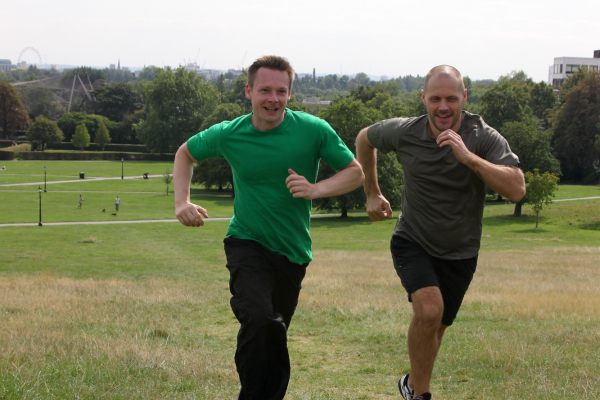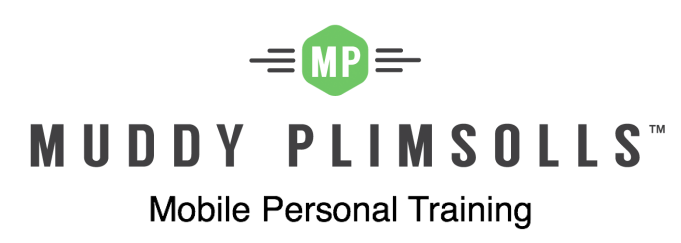Learn how to run a 5k and develop good running technique at the same time

Fitness blogger Brit Williams shows how she uses her 5k to improve her running technique
You can squeeze it in first thing in the morning, during your lunch break or even on your way home from work. It’s a realistic goal for the newcomer to cardio. It’s an important technique-refining tool for experienced athletes. It’s the 5K run. And it’s by far my favourite distance.
Not only can I count on getting a decent workout and burning around 300 calories, but I can also focus on my technique, increase the intensity and think about recruiting more muscle groups. Any experienced runner knows that the art of running goes far beyond the Oxford Dictionary’s definition of “moving swiftly on foot”. The best runners are conscious of each stride and highly in tune with every muscle required to pick up the pace. And if we get lazy out there, we recruit fewer muscles and get less from our run. That’s why I devote every third or fourth run to working on my running technique.
A running training plan
I always start in kilometre one by warming up my body as a whole, making sure my arms are limber and there’s no stiffness in my shoulders. The upper body should be relaxed and the core should feel ‘switched on’, like it’s holding the rest together. Then I consider the body’s biggest powerhouse: the glutes. These are muscles often overlooked by the casual runner, and that includes me.
In kilometre two, I turn my mind to my hamstrings – powerhouse muscles that are often neglected by the casual runner. I concentrate on pulling my heels up after each stride and contracting that muscle group right up to my glutes. I immediately experience a more powerful running style.
When kilometre 3 comes around I give my quads extra special attention. I push off the ground and pick my feet up as if I were running up a hill. As someone who also does a lot of cycling, I’m admittedly stronger in the quads than I am in the rest of my legs. To address this imbalance, I focus on tucking in my pelvic bone and feeling a gentle stretch across my hip flexors as I lift my leg out in front. To make sure I’m giving both muscles adequate attention, I’ll switch between contracting the glutes for 10 strides and stretching my hip flexors for the next 10.
Kilometre 4 is all about my feet. Good foot position and strong ankles go a long way in protecting your joints and keeping you in good nick for many runs to come.
Throughout the course of my career, I’ve worked with running experts to assess where I’m most likely to pronate and how I can ‘fire on’ more muscles to run faster or more efficiently. This has helped me to listen to my body and understand the mechanisms at work when I head out for my weekly runs.
Finally, in kilometre 5, I put it all together and focus on the full body once again. By now everything should be working as one, and the adrenaline coursing through my body has usually released any pent up tension so my shoulders and arms feel relaxed. In the final 200m, I let loose and sprint to the finish line.
How you run is more important than how far you run
Even when it’s not technique day, I always make an effort to add variety to my 5K runs. I get a great sweat on by incorporating sprints into my session, typically increasing my speed over the 2nd and 4th kilometres. This pushes my heart rate up and burns through my fat reserves in less time. After a few weeks of tough HIIT training, my stomach always looks noticeable leaner and more defined.
The 5K is a perfect distance for addressing your weaknesses as a runner and learning how fast, strong and capable your body can be. Even if you choose to mix up your running distances, the improvements you make during those 5K runs will help to keep you on track when you clock up 10, 21 or 42 kilometres. The trail is yours to tread.
Read more: Our Calisthenics for Runners workshop is a perfect introduction to running for beginners
